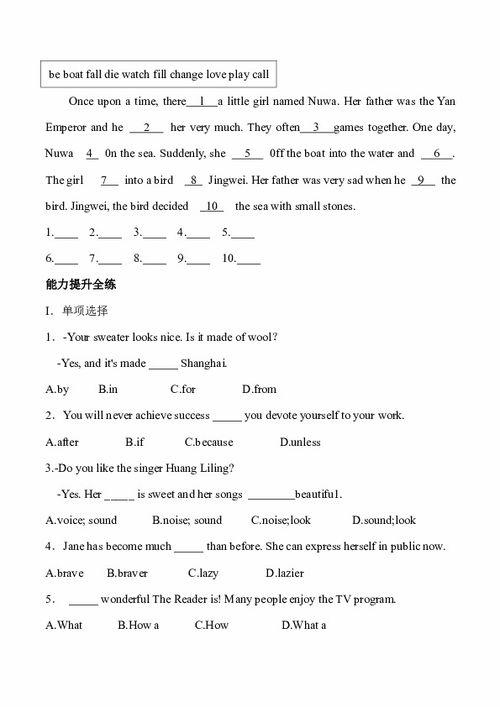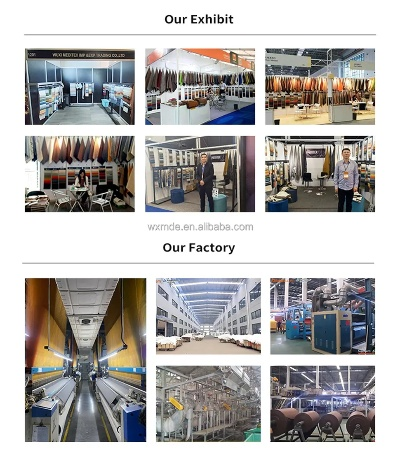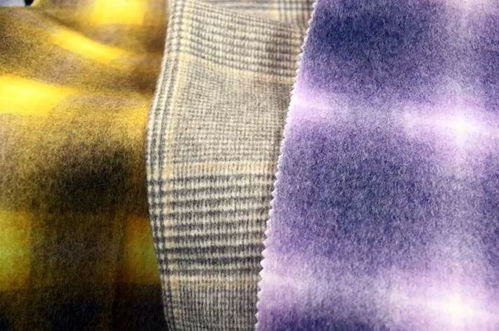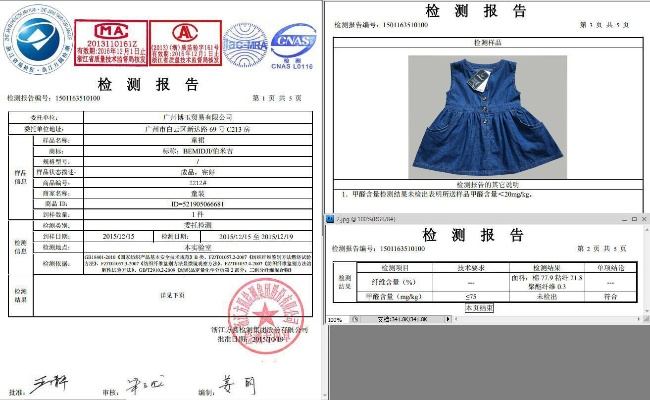The Import Ban on Waste Textiles in China:A Comprehensive Analysis
Introduction: In recent years, the issue of waste textiles has become increasingly prominent due to their extensive production and disposal challenges. In response to this growing concern, China has implemented a comprehensive ban on importing waste textiles into the country. This policy aims to reduce environmental pollution, conserve resources, and promote sustainable development. In this article, we will explore the reasons behind this ban, its impact on various industries, and how it is being enforced. Additionally, we will provide an illustrative table to help readers understand the specific categories of waste textiles that are prohibited from entering China.
Reasons for the Import Ban on Waste Textiles:

- Environmental Concerns: Waste textiles contain harmful chemicals and microplastics that can harm ecosystems and human health. By banning their import, China aims to reduce the amount of hazardous materials entering the environment.
- Economic Impact: The textile industry is one of China's largest employers, employing millions of people across the country. Banning waste textiles could lead to job losses for these workers, affecting their livelihoods and potentially leading to social unrest.
- Sustainable Development Goals: China has set ambitious goals for reducing carbon emissions and promoting sustainable development. Banning waste textiles aligns with these efforts by encouraging the use of renewable materials and reducing dependence on non-renewable resources.
- International Cooperation: China's ban on waste textiles reflects its commitment to international cooperation in combating global issues such as climate change and waste management. By working with other countries to address these problems, China hopes to demonstrate its leadership and influence in the global community.
Impact of the Import Ban on Different Industries:
- Textile Industry: The ban on waste textiles has had a significant impact on the textile industry. Many small and medium-sized enterprises (SMEs) have struggled to find alternative materials to replace waste textiles, leading to reduced employment opportunities and economic downturns. Some companies have even closed down entirely.
- Recycling Industry: The ban has also affected the recycling industry, which relies heavily on waste textiles for processing and reuse. The reduction in demand for these materials has led to declining profits and job losses for recycling companies.
- Fashion Industry: The fashion industry is heavily reliant on waste textiles for creating new designs and products. The ban has forced many fashion brands to switch to more sustainable materials or develop new designs that do not rely on waste textiles.
- Government Policies: The ban has been part of a broader government effort to promote sustainable practices and reduce waste in China. The government has provided incentives for businesses to adopt more eco-friendly practices and has also launched campaigns to educate the public about the importance of waste reduction and recycling.
Enforcement of the Import Ban on Waste Textiles: China has established strict regulations and enforcement mechanisms to ensure that waste textiles are not allowed to enter the country. These include:
- Customs inspections: Customs authorities regularly inspect shipments of goods entering China to ensure compliance with import regulations. If waste textiles are detected, they may be confiscated and tested for their composition and content.
- Biometric identification systems: Customs authorities have implemented biometric identification systems to track the movement of goods through China's borders. This system helps detect any attempts to smuggle waste textiles into the country.
- Public awareness campaigns: The government has launched public awareness campaigns to educate people about the importance of waste reduction and recycling. These campaigns aim to raise awareness among consumers and encourage them to recycle and dispose of waste properly.
- Legal penalties: Those found violating the import ban on waste textiles face hefty fines and penalties. These include fines for each violation, imprisonment, and even deportation.
Conclusion: In conclusion, the ban on waste textiles in China is a significant move towards sustainability and environmental protection. While it has had some negative impacts on the textile industry, it is crucial for China to prioritize its commitment to reducing waste and protecting the environment. As the world becomes more aware of the need for sustainable practices, China's approach to this issue will undoubtedly influence global policies and practices.
随着全球纺织业的快速发展,废纺织品已成为不可忽视的环境问题,我国为了保护生态环境和可持续发展,决定实施全面禁止进口废纺织品政策,本文将详细介绍该政策背景、案例分析以及相关措施,旨在为相关企业和个人提供参考。
政策背景
近年来,废纺织品对环境造成的污染问题日益严重,我国政府高度重视废纺织品的管理和利用,为了保护生态环境和推动纺织行业的绿色发展,决定实施全面禁止进口废纺织品政策,该政策旨在提高废纺织品回收利用率,减少环境污染,促进循环经济和可持续发展。
政策措施
明确禁止进口范围
我国禁止进口的废纺织品主要包括以下种类:废旧纺织品、破损纺织品、不合格纺织品等,禁止进口的范围包括所有进口渠道和地区。
加强监管和执法力度
我国加强了对废纺织品进口的监管和执法力度,建立了完善的监管机制和执法体系,加强了对废纺织品回收企业的监管,确保回收企业合法合规经营。
鼓励技术创新和产业升级

为了推动纺织行业的绿色发展,我国鼓励技术创新和产业升级,加强废纺织品回收利用技术的研发和应用,提高废纺织品回收利用率,加强纺织行业的绿色生产和技术改造,提高纺织产品的环保性能和品质。
案例分析
以某地区为例,该地区在实施全面禁止进口废纺织品政策后,取得了显著成效,该地区加强了废纺织品回收利用的监管和执法力度,建立了完善的回收体系,加强了技术创新和产业升级,提高了废纺织品回收利用率,该地区还积极推广循环经济和绿色生产理念,加强了与相关企业和个人的合作,推动了废纺织品回收利用产业的发展。
在具体案例中,该地区采取了以下措施:
加强宣传和教育
该地区加强了对废纺织品回收利用的宣传和教育,提高了公众对环保和可持续发展的认识,该地区还建立了完善的回收体系,为回收企业提供了良好的经营环境。
推广回收利用技术
该地区积极推广回收利用技术,加强了与科研机构的合作,研发了高效的废纺织品回收利用技术和设备,该地区还加强了对回收企业的监管和指导,确保回收企业合法合规经营。
加强产业政策和资金支持
该地区加强了对纺织行业的产业政策和资金支持,鼓励纺织企业采用环保技术和绿色生产方式,该地区还积极推动循环经济和绿色生产理念的普及和应用,提高了废纺织品回收利用率。
我国全面禁止进口废纺织品政策是为了保护生态环境和可持续发展而采取的重要措施之一,通过加强监管和执法力度、鼓励技术创新和产业升级、加强宣传和教育等措施,我国取得了显著成效,我国还将继续加强相关政策的落实和执行力度,推动废纺织品回收利用产业的发展。
Articles related to the knowledge points of this article:
How to Identify Textiles for Authenticity
Stylish and Versatile Customized Textile Apron Designs for Every Occasion



